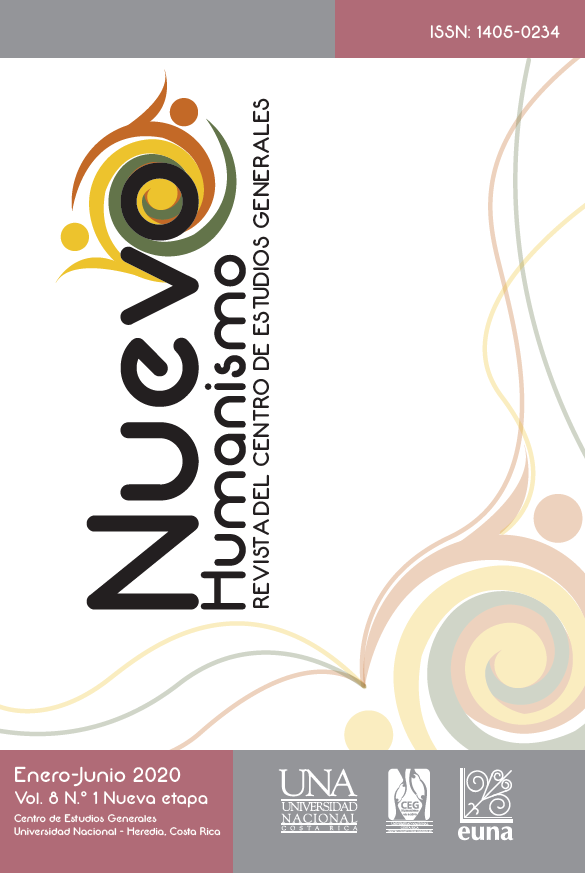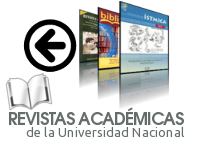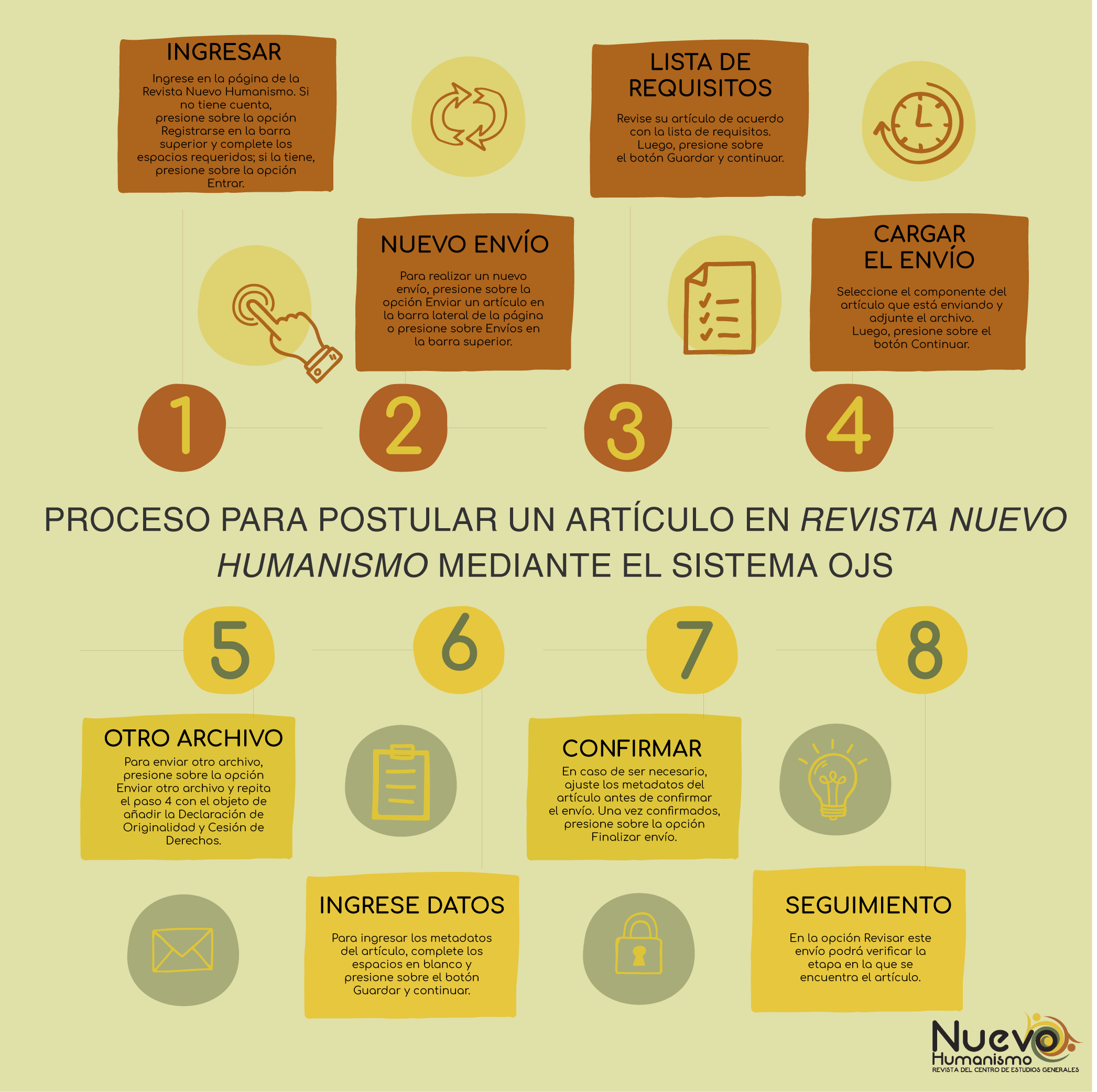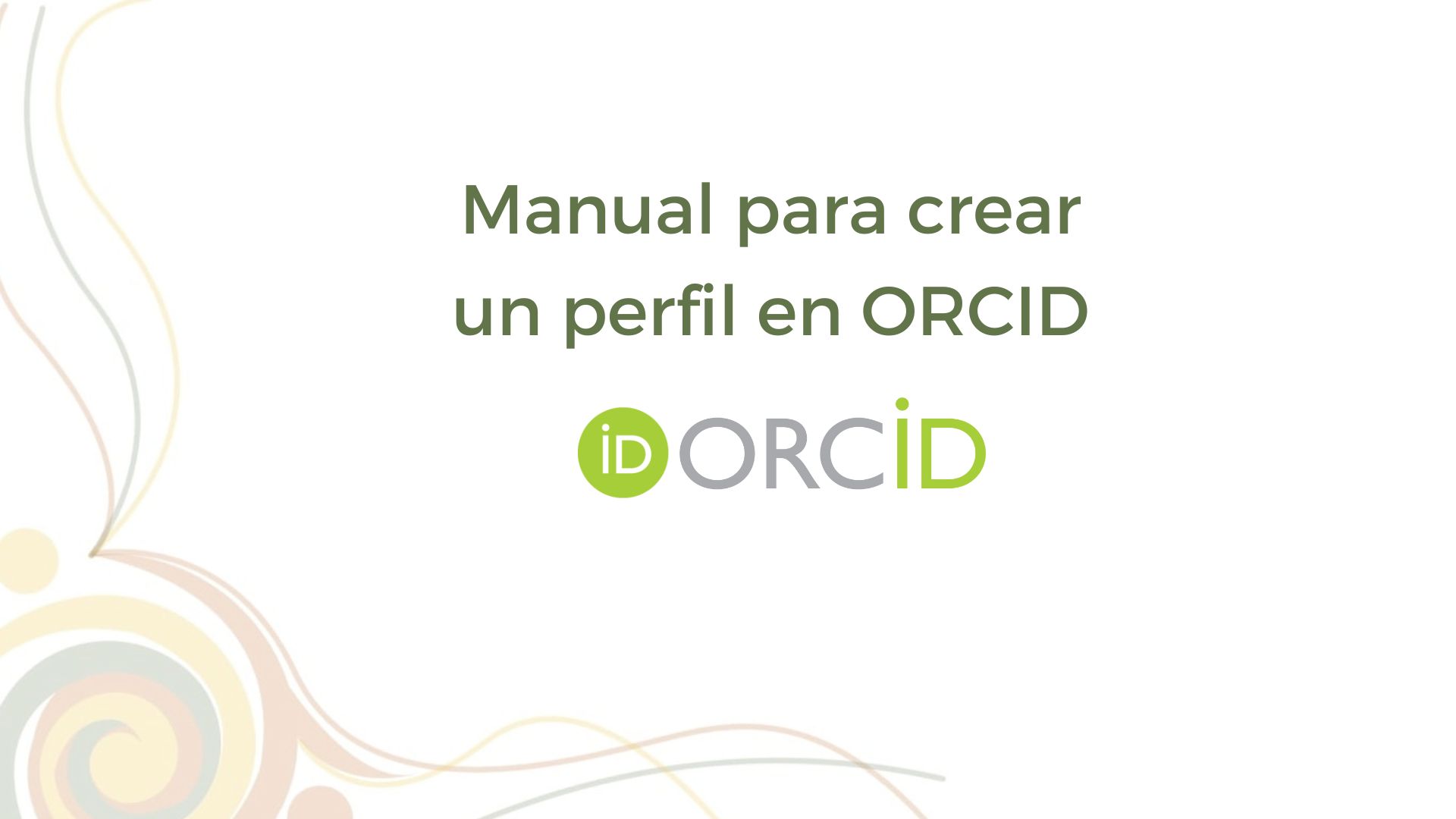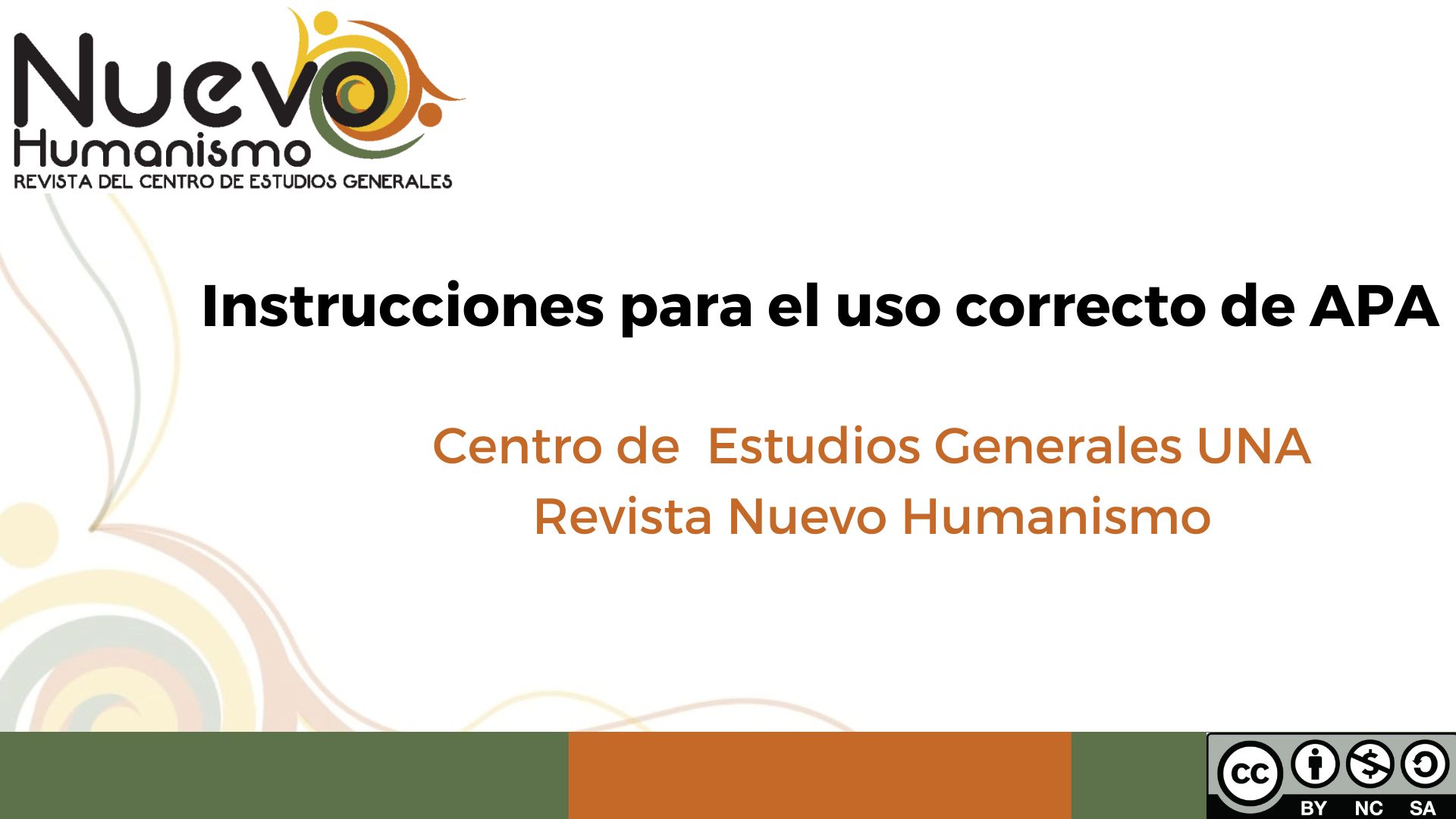“Limón Is Not Just Patí and Rice and Beans”. Elements That Make Up the Afro-Costa Rican Culture
DOI:
https://doi.org/10.15359/rnh.8-1.1Keywords:
Costa Rica, Limón, Jamaican heritage, Afro-Costa Rican culture, cultureAbstract
Within Costa Rican society, a reduced vision of Afro-Costa Rican culture limited it to the culinary of rice and beans, patí (an empanada filled with spiced meat), and the so-called Calypso music. This Afro culture in Limón, Costa Rica, is a heritage of Afro-Caribbean immigrants from the late 19th century. The Afro-Costa Rican culture of the 21st century has inherited elements from these immigrants, particularly the Jamaicans. This article aims to provide a historical approach to achieve two objectives: first, to verify how many of these elements of immigrant culture have been preserved; and second, to contribute to the United Nations declaration of the Decade of Afro-descendants (2015-2024) by conducting research focused on the Afro community. For this purpose, primary sources used were the oral history of two Afro-Costa Ricans born in the mid-20 century, and general information a Jamaican provided through e-mails for a more contemporary view of Jamaica's culture. Some 20th-century newspapers were also reviewed, as well as other publications related to the subject. Among the principal conclusions drawn, the study highlighted the persistence of elements typical of Afro-Caribbean immigrant groups' culture in the 20th century's turn. Besides, it is evident the modification of the culinary traditions adapted to the current society, as well as other inherited cultural elements, which currently deserve recognition from this Afro-Costa Rican culture that has important cultural elements that should be appreciated and preserved.
References
Alvarado, G. A. (2015). Contradicciones de la inclusión y la especulación del calypso limonense en la cultura hegemónica costarricense para posibles marcos de análisis. Estudios 31(2), 1-20.
Angulo, D. S. (2011). Ciudadanía afrocostarricense: El gran escenario comprendido entre 1927 y 1963. Editorial Univsersidad Estatal a Distancia y Editorial Universidad de Costa Rica.
Atlántico, E. (1950, abril 26). The People's House Jack Orane Sucs. El Atlantico.
Atlántico, L. V. (1936, noviembre 7). Defensa del jefe de la secta Pocomia Sir Altiman Krimbel Dabney ante la agencia. La Voz del Atlantico.
Bryan, P. (2000). The Jamaican People 1880-1902: Race, Class and Social Congtrol. The University of the West Indies Press.
Buckridge, S. O. (2004). The Language of Dress: Resistance and Accomodation in Jamaica 1760-1890. University of the West Indies Press.
Chaverri, C. M. (1995). Identidades de hierro y humo: La construcción del ferrocarril al Atlántico 1870-1890. Porvenir.
Chaverri, C. M. (1999). Vaiven de arraigos y desarraigos: Identidad afrocaribena en Costa Rica 1870-1940. Revista de Historia, 187-206.
Chaves, D. G. (2017). Migracion e identidad cultural en Costa Rica (1840-1940). Revista de Ciencias Sociales, 131-144.
Chomsky, A. (1996). West Indian Workers and the United Fruit Company in Costa Rica, 1870-1940. Baton Rouge.
Chomsky, A. (1996). West Indian Workers and the United Fruit Company in Costa Rica, 1870-1940. Baton Rouge.
Diario de Costa Rica, (Setiembre 20, 1936). Los sacerdotes del diabólico culto de la cocomia invaden la zona del Atlántico. Diario de Costa Rica, p. 5.
Duncan, C. M. (1989). El negro en Costa Rica. Editorial Costa Rica.
Esquivel, R. M. (2009). "Conspiradores politicos" y "Sectas misteriosas" Imaginarios Sociales Sobre la Masoneria en Costa Rica (1865-1899) . Revista Estudios, Universidad de Costa Rica. W 22, 13-32.
Ferrocarril, E. (1872, abril 27). Inmigracion. El ferrocarril, p. 2.
Gaitán, C. U. (2015). Iglesia, estado y control mental en Costa Rica: el caso de la prohibicion de la ensenanza de la teosofia en el colegio superior de senoritas (1922) . Revista de Ciencias Sociales (Cr), vol. IV, núm. 150, 53-61.
Gaceta. (1873, enero 15). Movimiento maritimo puerto del Limón. Gaceta, p. 4.
Giddens, A. (1997). Sociology third edition. Polity Press.
Harpelle, R. (2001). The West Indians of Costa Rica: Race, Class, and the Integration of an Ethnic Minority. Ian Randle Publishers.
Luna, A. A. (Diciembre 2016-abril 2017). Historia de la Pocomia en Limón (Costa Rica) y Bocas del Toro (Panama) de finales del siglo XIX a la actualidad. Revista de Estudios Historicos de la REMLAC, 8(2), 195-221.
Miller, C. H. (2015). The Province and Port of Limon: Metaphors for Afro-Costa Rican Black Identity. Editorial Universidad Nacional.
Miller, C. H. (Julio-diciembre, 2019). 'El trabajo dignifica' Twentieth Century Afro-Costa Rican Women and Informan Work in Port Limon, Costa Rica . Revista Nuevo Humanismo, 6(2), 1-39.
Ministerio de Educacion Publica. (2010). Escuelas amigas de la infancia, experiencia piloto EAI Limón. Autor.
Monestel, M. (Enero-diciembre, 2013). Negritud, resistencia cultural y ciudadania en letras del calypso limonense. Itsmica, 16, 69-75.
Nation, T. (1911, April 25). Obeah the people’s cry: let loose in Limon. The Nation, p. 1.
Oficial, G. (Marzo, 21, 1874). Dirección del Ferrocarril de Costa Rica. Gaceta Oficial, p. 1.
Rosario, R. (2015). Identidades de la poblacion de origen jamaiquino en el Caribe costarricense (segunda mitad del siglo XX). Cocolo Editorial.
Senior, O. (2003). Encyclopedia of Jamaican Heritage. St. Andrew Jamaica: Twin Guinep Publishers.
Shepherd, V. (1999). Women in Caribbean History: An Introductory Text for Secondary Schools. Ian Randle.
Solano, E. S. (Diciembre 2010-Abril 2011). “La identificación del desarticulador del mundo católico: el liberalismo, la masonería y el protestantismo en la prensa católica en Costa Rica (1880-1900). Revista Estudios Historicos de la Masoneria Vol. 2, Nº 2, , 34-52.
Solano, J. C. (2015). Aporte de la banda de conciertos de Limón en el rescate y difusión del calypso y el square dance. Escena Revista de las Artes. Volumen, 74(2), 37-45.

